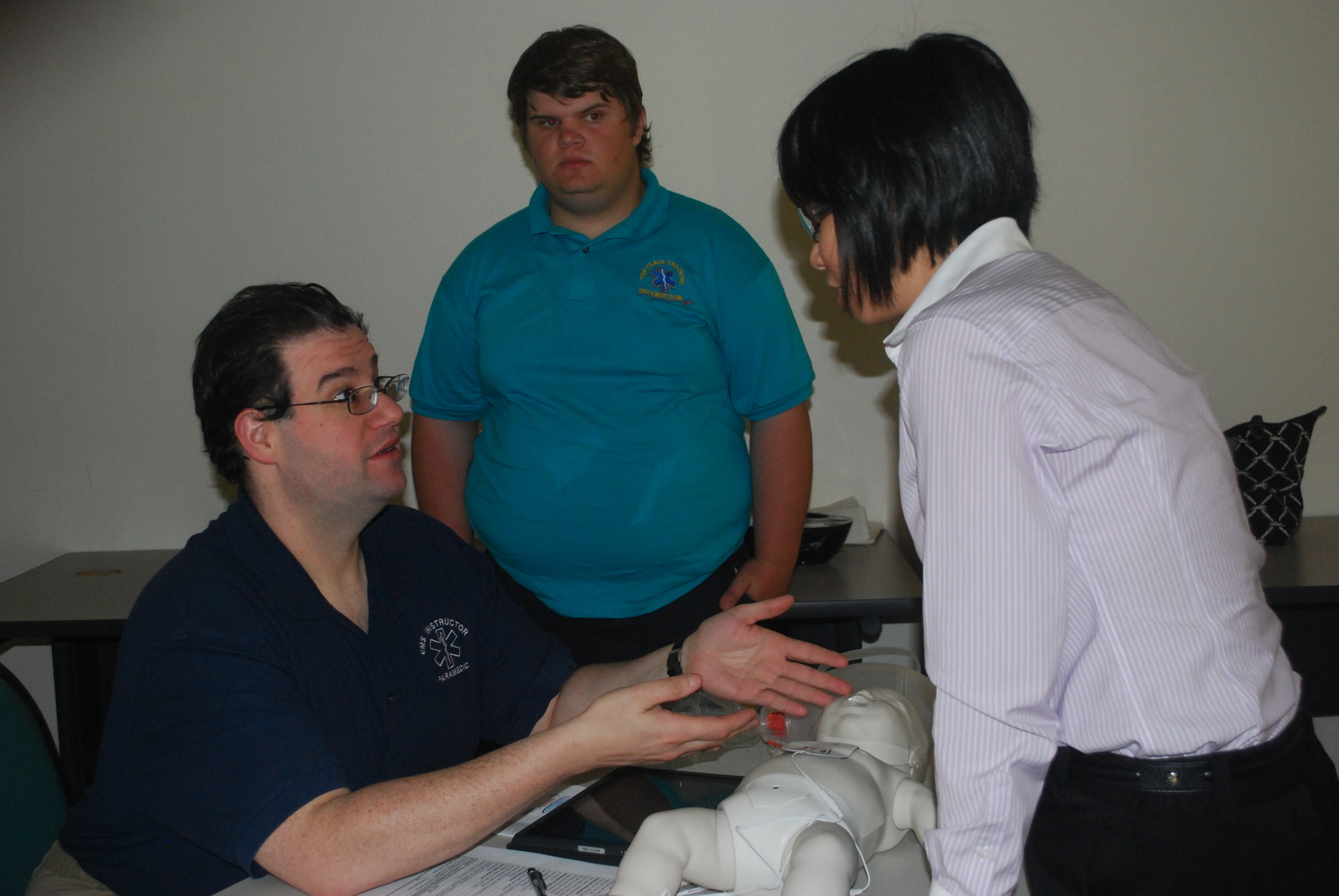St. John’s tries to manage effectively
Expanding community access is a priority for Far Rockaway hospital
More than a year after the closing of Peninsula Hospital Center, St, John’s Episcopal Hospital is working on accommodating increased patient volume by expanding its emergency department, partnering with a multiple location health center, opening two primary care medical offices and selling its two nursing homes.
The 35 percent jump in patients using the 107-year-old Far Rockaway hospital’s emergency department services, seen immediately after Peninsula closed, has dropped to 30 percent, but total daily patient volume remains 11 percent higher than it was prior to Peninsula closing, and the 257-bed facility is typically 85 percent occupied.
A $15 million emergency department expansion project that will be done in phases, according to hospital CEO Nelson Toebbe, is underway. Approximately 25 percent of the expansion costing $4 million is expected to be completed by the end of this year, he said. Originally built in 1950 to accommodate 15,000 patients annually, the emergency area now treats 30,000 per year. When the expansion is completed in 2015, it will be able to accommodate 50,000 patient visits a year.
“For some time we have been crafting a facility expansion for our emergency room,” Toebbe said. “It is ambitious and far reaching.”
The initial phase will be paid for with $4.3 million, which was part of $5.3 million grant package from the state. “The priority of the of the New York State Department of Health has been and continues to the welfare of the Residents of Rockaway, “ said James P. O’Hare, a department spokesman.
To expand the emergency department, the hospital is relocating pediatrics and family practice to two of the Joseph Addabo Family Health Center’s Queens locations, 1288 Central Ave. in Far Rockaway and 6200 Beach Channel Drive in Arverne. Robert Fliegel, Addabo’s acting CEO, said the Center will assist St. John’s with ambulatory services. Patients with specialty needs will be referred to the hospital.
“The future of health care is oriented toward a coordinated care environment,” said Fliegel, in explaining the need for the partnership. “We are working for the community to have better access to heath care.”
In a cost saving move, the hospital is selling its two nursing homes, Bishop Charles Waldo McLean in Far Rockaway and Bishop Henry B. Hucles in Brooklyn to Michael Melnicke, who owns five such facilities and operates a sixth in the city, Toebbe said. St. John’s is waiting on a certificate of approval from the state Department of Health. The sale could be completed during the summer.
To further expand medical services to the communities it serves, St. John’s is anticipating opening an off-site ambulatory care facility at 275 Rockaway Turnpike in Lawrence, Toebbe said. A similar site will operate in Belle Harbor.
After Hurricane Sandy, St. John’s served not only as a hospital, but a refugee for doctors, nurses and other employees, along with residents who needed shelter.
“A number of doctors’ offices were wiped out, access to primary care should not be the emergency department,” Toebbe said, providing a reason for the off-site facilities.
The hospital’s CEO slept on a cot in his office during the storm’s aftermath. Doctors, nurses and other staff also remained at St. John’s. “Employees could not go home,” Toebbe said. “We provided them with living accommodations so they could work, sleep and eat. It was like reorganizing a household for unexpected guests.”
Providing 21st century medical care in an early 20th century building may not be ideal. Based on a 2012 health.usnews.com survey, 55 percent of past patients asked said they would recommend the hospital to family and friends; 9 percent lower than the state average. While 10 percent said they probably or definitely would not recommend it; 3 percent higher than the state average.
But according to nyhealth.gov, St. John’s scored an overall 93 percent in appropriate surgical care improvement in a survey conducted from April 2011 to March 31, 2012, including 100 percent in appropriate heart attack care.
“I am proud of our excellent care,” Toebbe said. “It is difficult to care for many medical problems and still able to manage effectively even when the hospital is not always adequate.”
Have an opinion about this topic? Send your letter to the editor to jbessen@liherald.com.









